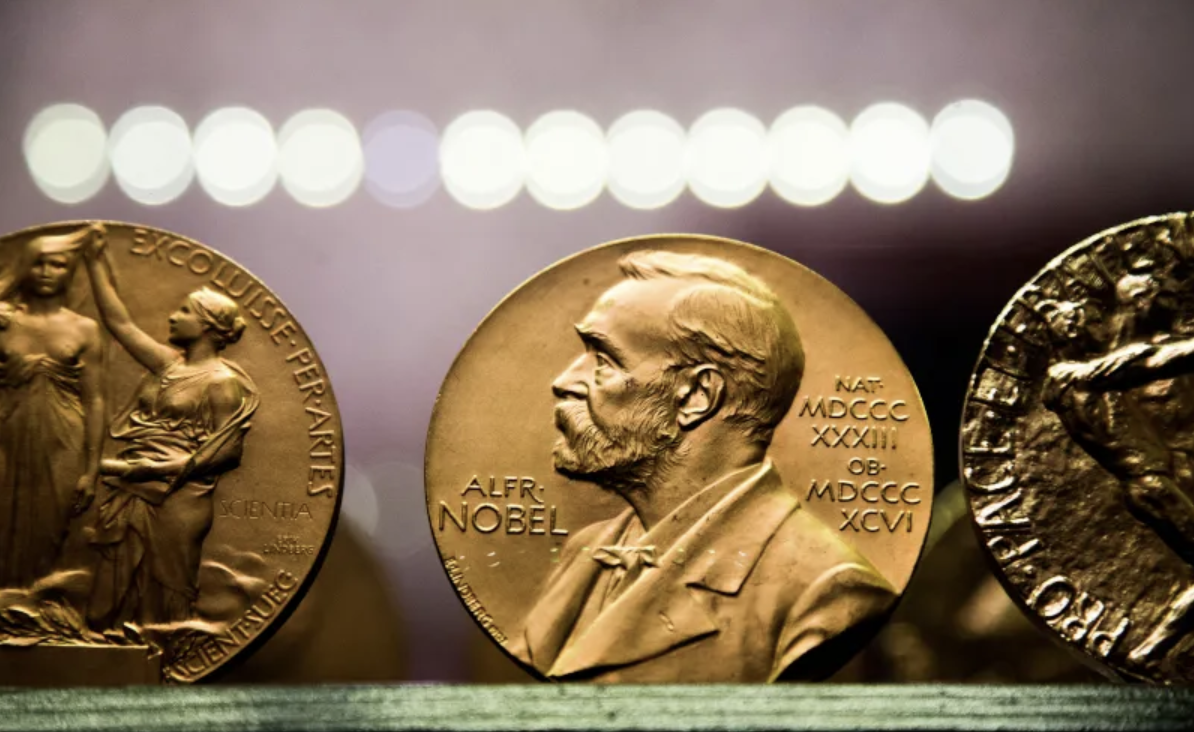
By Kritika Agarwal
The Nobel Prizes for 2025 have been announced, and many of the laureates this year have ties to AAU institutions:
The Nobel Prize in Physics went to three United States-based scientists at AAU member research universities. John Clarke, Michel H. Devoret, and John M. Martinis received the prize for their groundbreaking research in quantum mechanics that paved the way for many modern technologies as well as quantum computing, sensing, and cryptography.
“There is no advanced technology today that does not rely on quantum mechanics and quantum physics,” said Nobel Committee for Physics Chairman Olle Eriksson during the award announcement. “Examples are easy to find … mobile phones, computers, cameras, and the fiber optic cables that connect our world,” he added.
All three laureates conducted their prize-winning research at the University of California, Berkeley, where Clarke is currently emeritus professor of physics. Devoret is currently emeritus professor of applied physics at Yale University and professor at the University of California, Santa Barbara; Martinis is also professor emeritus at UC Santa Barbara.
Following the prize announcement, Clarke spoke to reporters about the importance of federal funding for fundamental scientific research at universities. “It’s so important to do this basic science because you don’t know what the outcome is going to be,” he said. Clarke cautioned against cutting federal funding for university-based scientific research: “I certainly know personally people who have lost most of their funding. And this will cripple much of the United States’ science research,” he said.
The Nobel Prize in Chemistry went to Susumu Kitagawa, Richard Robson, and Omar Yaghi for their development of new “molecular constructions with large spaces” – known as metal-organic frameworks (MOFs) – “through which gases and other chemicals can flow.” Their research has led to the synthesization of thousands of MOFs with unique applications. According to the Royal Swedish Academy of Sciences, which bestows the award, MOFs “may contribute to solving some of humankind’s greatest challenges, with applications that include separating PFAS from water, breaking down traces of pharmaceuticals in the environment, capturing carbon dioxide or harvesting water from desert air.”
Yaghi is currently professor of chemistry at the University of California, Berkeley (bringing the university’s count of Nobel laureates to 28). Robson is currently professor at the University of Melbourne in Australia but conducted postdoctoral research early in his career at the California Institute of Technology and Stanford University.
The Nobel Prize in Physiology or Medicine went to Mary E. Brunkow, Fred Ramsdell, and Shimon Sakaguchi for their “discoveries concerning peripheral immune tolerance that prevents the immune system from harming the body.” Their research has led to the “development of medical treatments for cancer and autoimmune diseases” and “may also lead to more successful transplantations.”
All three laureates have ties to AAU member research universities: Brunkow earned her doctorate in molecular biology from Princeton University; Ramsdell earned his doctorate in microbiology and immunology from the University of California, Los Angeles; and Sakaguchi conducted postdoctoral studies at Johns Hopkins University.
Kritika Agarwal is assistant vice president for communications at AAU.